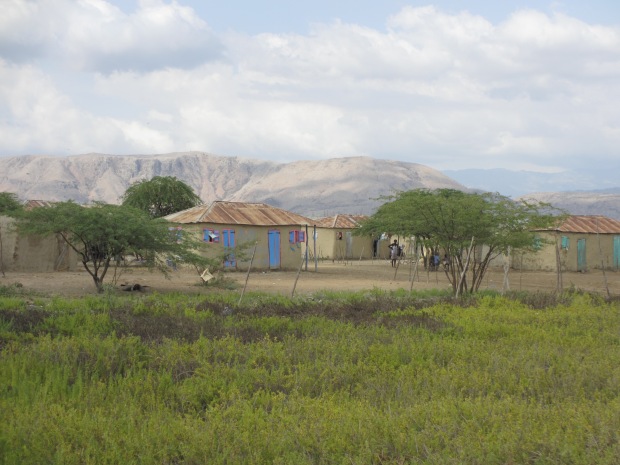Last summer I had the opportunity to conduct research with Tufts’ Civil and Environmental Engineering Department on cholera in drinking water in rural Haiti. Nearly six years ago, when the 7.0 magnitude earthquake struck the country, Haiti was on the front page of every news source. Once the crisis abated and the country lost the limelight, international aid and attention plummeted. Still, in the months after the earthquake, cholera– an infectious disease spread through water– appeared in the country for the first time in a hundred years, brought in by foreign aid workers trying to help. It remains, now endemic, in the country to this day.
The thing about cholera is that is entirely treatable. If, say, I had contracted the disease while I was there last May collecting samples, I would have been transported to a hospital either in Port-au-Prince or Miami, rehydrated and maybe given some antibiotics, and I would have been fine. Untreated, however, it can kill in a matter of days. Furthermore, because the disease works by flushing all liquid out of the body, any water contaminated by the excrement of the diseased will then spread the cholera even further.
This was the case in Haiti. Because of the lack of infrastructure, the idea of waste water treatment or a centralized water system of any sort is entirely unheard of in the country, especially in the aftermath of the earthquake. Instead, in the rural areas where my research was focused, communities get their water primarily from wells and open sources called canals that irrigate the fertile Artibonite Valley. Once the Artibonite River, the main artery of Haiti, was contaminated, so was every canal in the valley. The disease spread like wildfire.
While cholera has been a chronic issue in Haiti for the past six years, it has recently popped up in outbreaks around the world. The tragedy of this sickness continues: in a world with the medical knowledge and technology ours has today, people are still dying from something as treatable as cholera. All you need to survive is clean water, something that is incredibly easy to take for granted in this country. The importance of providing basic human necessities like clean water to protect the health of others is insurmountable. We need not have another Haiti.
Kellie Chin, sophomore
Communications Team
To learn more about cholera and Haiti, check out Water, Sanitation and Hygiene – Unicef and Ministère de la Santé Publique et de la Population.

